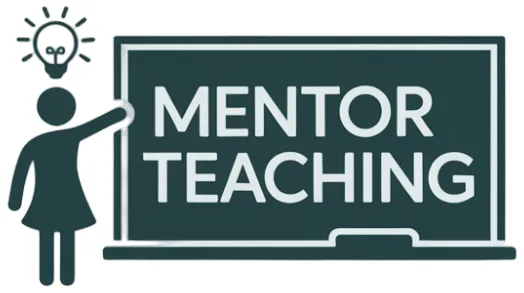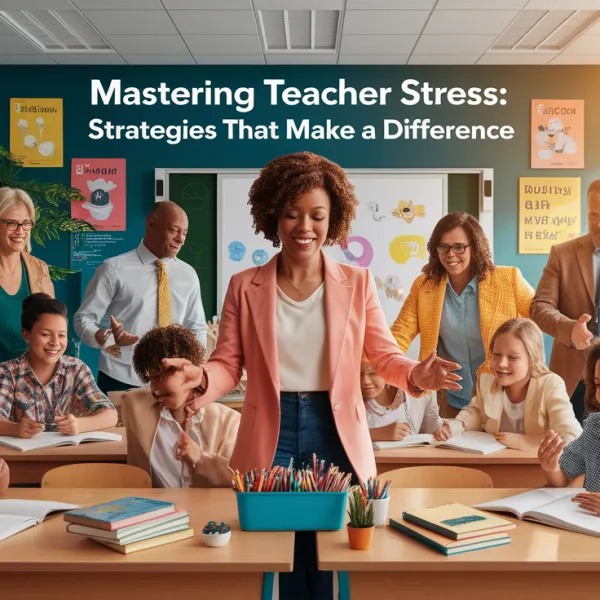You’ve just delivered a brilliant lesson, connecting all the dots with energy and clarity. You look out at your students and ask the timeless question: “Any questions?” Silence. A few nods. But the big question mark remains in your own mind: Did they really get it? Instead of waiting for a quiz or test, you can get the answers you need in minutes. Mastering a handful of quick formative assessment techniques is your superpower for unlocking real-time student understanding and making your instruction truly responsive.
Quickfire Kickoff
How your lesson begins can tell you so much about where your students are. Before diving into new material, use a simple kickoff activity to gauge prior knowledge or check on yesterday’s learning. This can be a “Do Now” question projected on the board that students answer in their notebooks as they settle in. It could also be a quick brainstorm where they write everything they know about a topic on a personal whiteboard. Even a simple “fist-to-five” rating (fist for no confidence, five fingers for high confidence) on the previous concept gives you a valuable data point before you even start teaching.

Lightning Exit Tickets
The exit ticket is a classic for a reason—it’s fast, flexible, and incredibly insightful. This isn’t a formal quiz; it’s a brief check for understanding as students pack up. Hand out a sticky note, index card, or scrap of paper and ask a targeted question. The magic is in the prompt. Try one of these:

- 3-2-1: Ask students to write down 3 things they learned, 2 things they found interesting, and 1 question they still have.
- The Muddiest Point: Simply ask, “What was the most confusing part of today’s lesson?”
- One-Sentence Summary: Challenge them to summarize the main idea of the lesson in a single sentence.
As students drop them in a basket on their way out, you can quickly sort them into piles—”Got It,” “Almost There,” “Needs Reteaching”—giving you a clear plan for tomorrow.
Snap Polls and Hand Signals
Sometimes you need a pulse check on the entire class, right in the middle of a lesson. This is where polls and signals shine. They are zero-prep, take about 10 seconds, and give you an immediate visual of group understanding. Use hand signals like thumbs-up, thumbs-sideways, or thumbs-down to respond to a true/false or “do you agree” question. The “fist-to-five” confidence rating works great here, too. For a more anonymous option, have students write answers on individual whiteboards and hold them up simultaneously. You get a classroom-wide snapshot without putting any single student on the spot.

The goal isn’t to get a grade. The goal is to get information you can use right now to help your students learn better.
Mini Quizzes and Flash Rounds
Forget the long, graded test. Think of a mini-quiz as a focused, low-stakes spotlight on one specific skill. A three-question quiz on a half-sheet of paper can tell you exactly who has mastered solving a certain type of problem and who needs a bit more practice. To make it more dynamic, try a “flash round.” Pose a question, and have students write their answer on a personal whiteboard. On your signal, everyone shows their board. These mini quizzes are fantastic quick formative assessment techniques because they provide targeted data without the pressure of a major exam, making learning feel more like a game.

Peer Peek and Pair Shares
Your students can be your assessment partners! Harness the power of collaboration to check for understanding. The classic “Think-Pair-Share” is a powerful tool. As students discuss their thinking with a partner, circulate and listen in. The conversations you overhear are rich with data about their thought processes and misconceptions. Another great strategy is the “Peer Peek.” Have students work a single problem, then trade papers with a partner to check the work against a simple rubric or answer key. This gives students immediate feedback and helps them develop a critical eye for their own work.
Rapid Routes Forward
Gathering all this speedy insight is only half the battle. The real magic happens when you use it to adjust your course. The data from these quick checks isn’t meant for the gradebook; it’s meant to inform your very next instructional move. Did your exit tickets reveal a common misunderstanding? You know exactly what to review at the start of tomorrow’s class. Did a hand signal poll show widespread confusion? Pause the lesson and re-explain the concept in a new way. This responsive teaching transforms your classroom into a dynamic environment where student needs directly shape the learning journey.
By building these fast checks into your daily routine, you create a supportive classroom culture where it’s safe to be unsure. You’re not just teaching lessons; you’re guiding a learning process, armed with the moment-to-moment knowledge of exactly where your students are and where they need to go next.
Key Takeaways
- Use “Do Nows” or other kickoff activities to gauge understanding before a lesson begins.
- Leverage exit tickets with targeted prompts to get a snapshot of end-of-class comprehension.
- Incorporate hand signals and whiteboard “flash rounds” for instant, whole-class feedback during a lesson.
- Employ low-stakes mini-quizzes to pinpoint specific skill gaps without the pressure of a formal test.
- Listen to “Think-Pair-Share” discussions to assess student thinking in real time.
- Act on the data immediately to adjust your teaching and better meet student needs.




